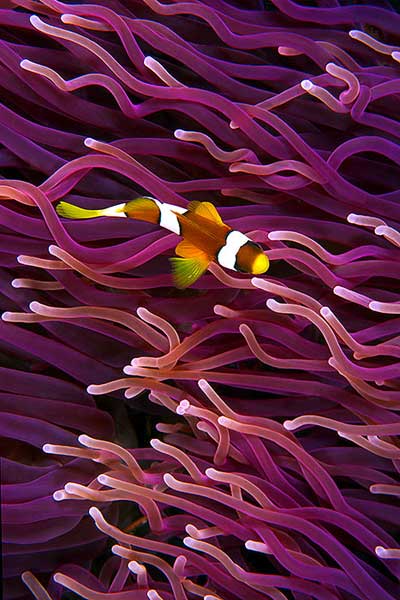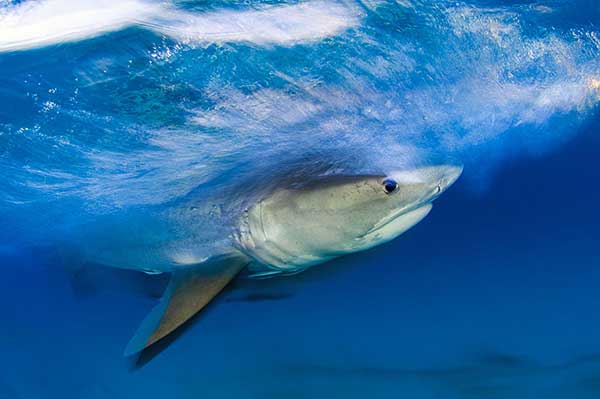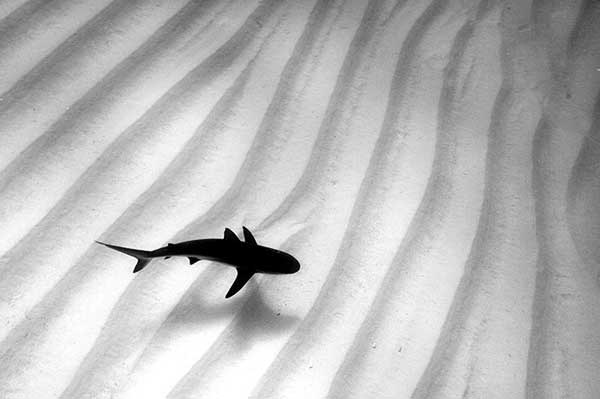

 |
 |
 |
 |
 |
We are trying to develop a community where photographers can come and discuss nature, wildlife and pet photography related matters. We encourage you to enter the forums to share, make comments or ask questions about this interview or any other content of NWP.
This interview is Copyright 2006, James Morrissey, and may not, in part or in whole, be reproduced in any electronic or printed medium without prior permission from the author. The images in this article are the property of Alex Mustard and have been licensed to James Morrissey and the NWP Photo Forum for the purpose of this interview.

Anemone fish over purple tentacles, Sulawesi, Indonesia. © Alexander Mustard/artofdiving.com. Nikon D100 + Nikon 60mm micro. F22 @ 1/180th. 2 x underwater strobes.
Past 3: The Environment
JM: Do you consider yourself an environmental activist?† If so, why?
AM: No. I believe strongly in several environmental issues, for example I no longer eat fish or any other marine creatures because of the massive over harvesting that occurs everyday in the oceans. But I rarely try and convince others about my views. Maybe this is a failure? I am pleased that the final chapter of The Art Of Diving deals with these issues, although we still chose to illustrate it with celebratory wildlife images rather than negatives ones.
JM: You don't consider yourself an environmental activist, but yet you have modified your living in order to account for your beliefs (i.e. you no longer eat fish). You also dedicated a whole chapter of your most recent book to environmental issues. Some might consider these to be things an activist does. What do you think would define activism?' Or, do you think that activism implies something extreme?
AM: I do care deeply about certain environmental issues. And yes I do try and promote these concerns, but I don't do it as often as I probably should. I feel that don't make enough use of the opportunities I get (giving talks, writing articles and doing interviews) to communicate environmental messages. I think that others are much better at this than I am.
JM: What are the most significant environmental problems that you see coming?
AM: In the oceans it is over-fishing, which is widespread and the mutli-faceted effects of global warming.
JM: Are there any organizations that you feel are doing excellent work in your areas of environmental concern?
AM: There is a list in the back of The Art Of Diving, which is reproduced on the book's website: www.artofdiving.com/The_World_of_Diving/Conservation_groups/index.html

Tiger shark chasing bait, northern Bahamas. © Alexander Mustard/amustard.com. Nikon D2X + Nikon 10.5mm fisheye. F20 @ 1/4. 2 x underwater strobes.
JM: What can we do as individuals to be helpful?
AM: As photographers, we are often in the field and it is important that we capture images that celebrate the beauty of the natural world and engage our audience. We should also shoot negative subjects, when we encounter them, although we should be careful when publishing them because too much negative imagery can quickly turn off the audience and can become counter productive. Publishing an environmental piece is no good if nobody reads it!
We should also think about our behaviour in the field and try to keep our impact to the minimum. We should also ensure that our efforts shouldn't stop the moment we are back home. Saving energy and the choices we make at home (etc.) all impact the natural environment. We must remember that our actions at home are significant if we are to conserve the wildplaces that we wildlife photographers hold so dear.

Caribbean reef shark over ripples, Walkers Cay, Bahamas. © Alexander Mustard/amustard.com. Nikon D2X + Nikon 12-24mm. F11 @ 1/125th. 2 x underwater strobes.
Finally regarding our subjects, we must always hold them in the highest respect and never harass them for the sake of the camera. In any case, I believe that the best wildlife portraits come when the photographer has an affinity and understanding of the subject and the best behavioural shots come when the animals are relaxed and accepting of our presence.
If you are interested in learning more about Alex Mustard, you can visit: www.amustard.com.
As always, we encourage you to come join the community and to be participants in the forums! If you have not registered yet, please
 |
 |
 |
 |